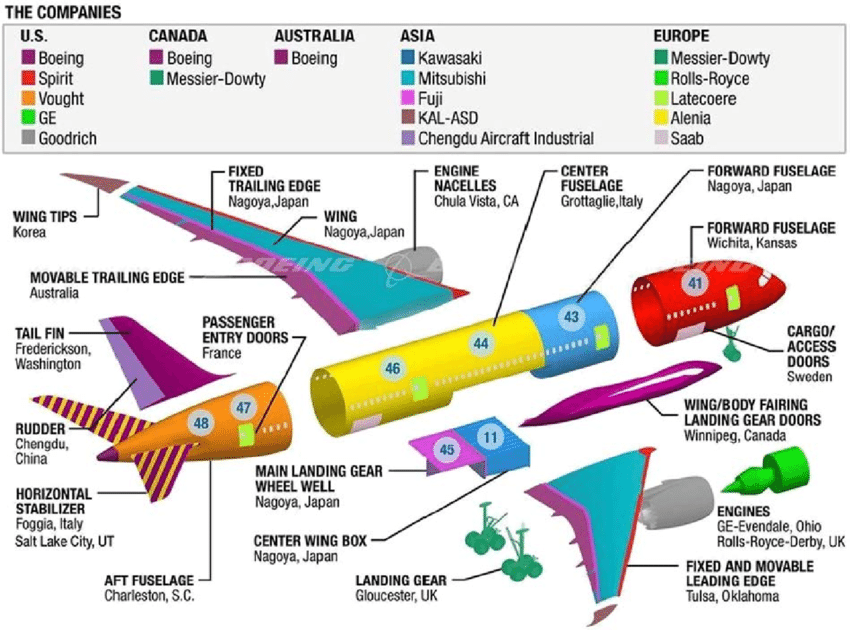My Unwanted Class will be Awesome

For a number of reasons, I struggled to select courses this term that I thought had anything to do with my interests. Specifically, I thought Power, Data and Inequality in Value Chains would be the death of my motivation in this program. So far, I love it.
To be fair, this first blush comes only from the first two readings and there’s plenty of time for this course to tank. But it probably won’t.
I appreciate that the simple framework/concept of value chains can be applied to a number of situations. Value chains are the cradle to grave steps/operations in the production of a good or service. Such that each step should add to the value of the end result. The framework allows a differentiation between intended and unintended outcomes, analysis of who pays for versus reaps value, what costs and values are measured and why, and how standards, context or other factors drive behaviors and outcomes at each stage. It’s pretty good stuff.
Simple example: Store X sells Honeycrisp apples to consumers and is able to guarantee customers a certain size, quality and availability over a defined period of time. The value of delivering on these parameters yields customer loyalty to Store X. But in order for Store X to deliver this, a number of agents in the value chain have to bend people, resources, operations and nature to the parameters, which can result in a number of costs/risks to stakeholders internal and external to the chain (fuel/energy consumption and pollution, poor labor conditions and pay, soil erosion and depletion, chemical pollution, waste, bee colony collapse, opportunity costs, etc.).
Now apply this to a global operation as most goods production is, and we can easily see how the disaggregation of steps allows for hidden and powerless losers in the chain, including becoming expendable when unsustainable value has been exhausted.
When I apply this concept to pay gaps internal to corporations, it’s easy to see the same dynamic. High-level employees are promoted and bonused off of bottom line net positive results as if they are responsible for the entirety of the success. Without measures for the value-add of each individual in the process, those contributions are unknown and therefore unrecognized. And there’s typically no measure or consequence to the many costs of achieving the results such as poor work conditions or hours, inadequate benefits, hostile work culture, environmental impacts, etc.
Primary source and recommended reading: Transparency and sustainability in global commodity supply chains, TA Gardner et al., 2018
Second source that I cannot recommend (too dense) but deserves note: Governance and power in global value chains, S Ponte et al., 2019




Recent comments